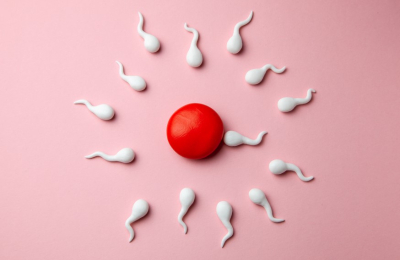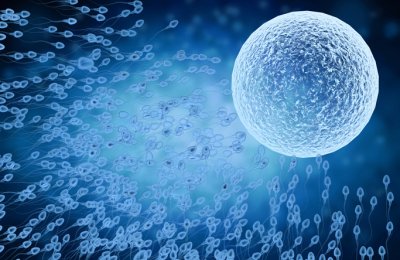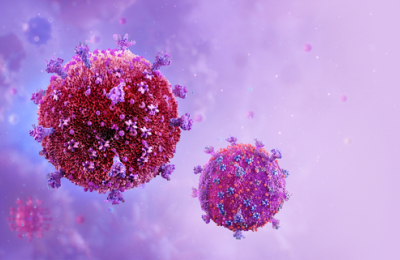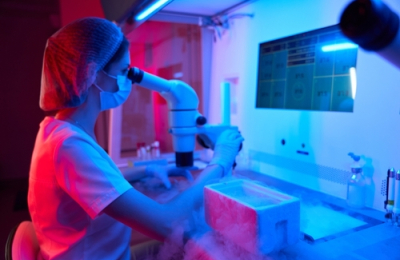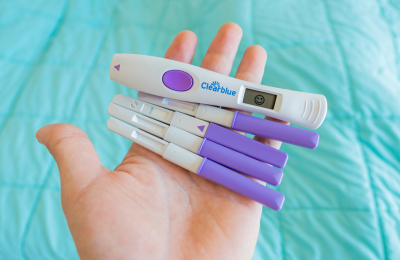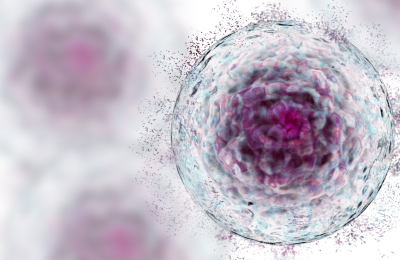
A long non-coding RNA that plays a role in the inactivation of one of the X chromosomes in females, could be behind why autoimmune diseases disproportionately affect women.
Known as Xist, this RNA is encoded on all X chromosomes, however it is only expressed in the presence of another X. Xist complexes have previously been shown to contain sites that can bind to molecules that can trigger parts of the body's immune system to initiate the production of autoantibodies, that attack the body's own cells and can cause autoimmune disease. Now, scientists at Stanford University, California have found expression of Xist, induces a lupus-like autoimmune disease in male mice.
This finding could explain the increased female prevalence of autoimmune diseases. Professor Howard Chang, the senior author of the study, explained to Medical News Today: 'Four out of five patients with autoimmune diseases are women. This study showed that an RNA called Xist that is made only in female cells could be a major driver of autoimmunity.'
Biological females have two X chromosomes, whereas biological males have an X and a Y chromosome. Having two active X chromosomes would result in double expression of many proteins, with lethal consequences. Therefore, early in embryogenesis Xist wraps around one of the X chromosomes in each female cell, silencing it in a process called X inactivation.
After X inactivation, Xist forms combinations of RNA, DNA and protein complexes. These are thought to be released into the bloodstream following cell death. Professor Chang suspects that these complexes could be detected by immune cells, resulting in the generation of autoantibodies to proteins found throughout the female body.
'We think that's really important, for Xist RNA to leak out of the cell to where the immune system gets to see it. You still needed this environmental trigger to cause the whole thing to kick off,' explained Professor Chang.
The research, published in Cell, also found autoantibodies to protein complexes associated with Xist in blood samples from 100 people with autoimmune diseases. Authors noted there was a large variation between subjects, however. While the presence of Xist does not explain all incidence of autoimmune disease, it could provide an explanation for the increased incidence in females.
'This transforms the way we think about this whole process of autoimmunity, especially the male-female bias,' said University of Pennsylvania immunologist Dr E John Wherry, who was not involved in the study.
Determining what initiates autoantibody production could advance understanding of the triggers of autoimmune diseases and allow for development of treatments that target this mechanism specifically, rather than the immune system as a whole, authors said.





















